-
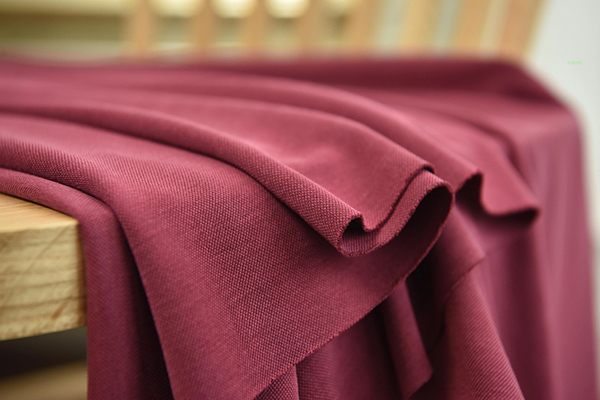
About Lyocell, Modal, Soybean Fiber, Bamboo Fiber, Milk Protein Fiber and Chitosan Fiber
1.Lyocell Lyocell is a typical green environmentally-friendly fiber. Lyocell has the advantages of both natural fibers and synthetic fibers. It has good physical and mechanical property. Especially its wet strength and wet modulus are close to synthetic fibers. Also it has the comfort of cotton, ...Read more -
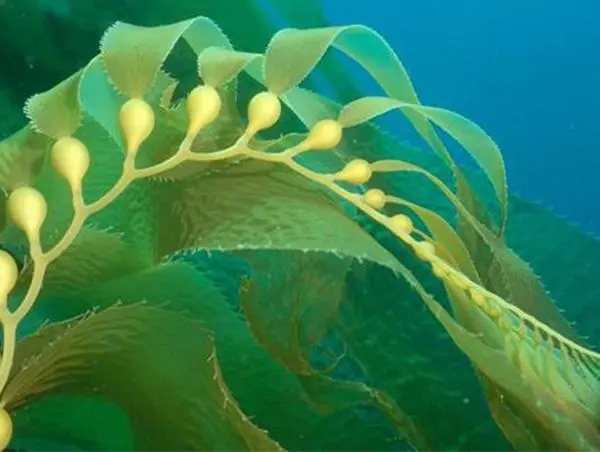
Do You Know Alginate Fiber?
Definition of Alginate Fiber Alginate fiber is one of synthetic fibers. It is the fiber made from alginic acid extracted from some brown algae plants in the ocean. Morphology of Alginate Fiber Alginate fiber has uniform thickness and has grooves on the longitudinal surface. The cross section is ...Read more -

What Is Coolcore Fabric?
What Is Coolcore Fabric? Coolcore fabrics are generally used a unique way to make the fabric have the function of rapidly diffusing body heat, accelerating perspiration and cooling, which can keep durable coolcore and comfortable hand feeling. Coolcore fabric is widely applied in garment, home te...Read more -
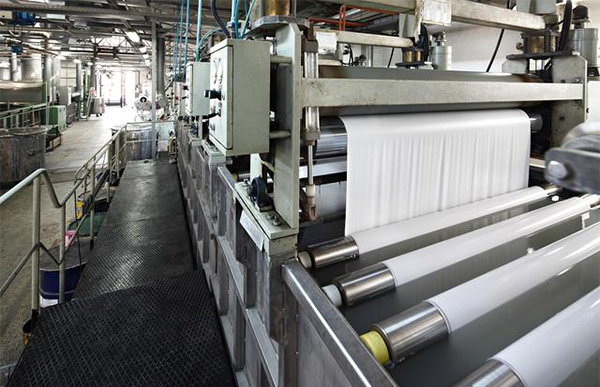
Three Elements of Tentering and Setting
Definition of Setting Setting is the main process in finishing. By the mechanical action of the setting machine and the shrink-proof, soft and stiff effect of chemical auxiliaries, knitted fabrics can achieve a certain shrinkage, density and handle, and can have the appearance with neat and unifo...Read more -

Why Does The Fastness of Fabric in The Warehouse Get Poor?
After being treated at high temperature, thermal migration will occur on polyester dyed by disperse dyes. Influences of Thermal Migration of Disperse Dyes 1.Color shade will change. 2.Rubbing fastness will decrease. 3.Fastness to washing and perspiration will decrease. 4.Color fastness to sunli...Read more -

How to Distinguish Reactive Dyeing and Printing and Paint Dyeing and Printing?
There are two methods to print and dye fabric, as the traditional paint dyeing and printing and the reactive dyeing and printing. Active printing and dyeing is that in the process of dyeing and printing, the active genes of the dye combine with the fiber molecules to form a whole, so that the fa...Read more -

The Best in Cotton —- Long-staple Cotton
What Is Long-staple Cotton Long-staple cotton is also called sea island cotton. Because of its good quality and soft and long fiber, it is praised as “the best in cotton” by people. It is also a key material for spinning high-count yarn. It is used to making high-end yarn-dyed fabric ...Read more -

Biomimetic Fabric
1.Multifunctional Fabric with Water-repellent, Anti-fouling and Self-cleaning Function At present, the multifunctional fabric with water-repellent, antifouling and self-cleaning function developed based on the bionic principle of lotus effect is more common. By biomimetic finishing, it cannot be ...Read more -

About Tencel Denim
In fact, Tencel denim is the innovation of cotton denim fabric, which is used Tencel to replace the traditional cotton to improve its function and performance. At present, the common Tencel denim cloth includes Tencel denim cloth and Tencel/cotton denim cloth. Most Tencel denim cloth is sand-was...Read more -
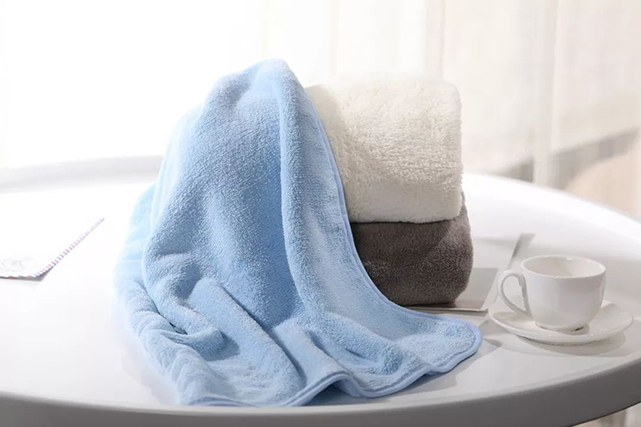
Antibacterial and Antiviral Textile
Antibacterial Mechanism Bacteria belong to microorganism, which is a life entity with complete cell structure. There are mainly seven antibacterial mechanisms as following: 1.Destroy: Has chemical reactions with proteins in bacterial cells to destroy their function. 2.Inactivation: Inactivate all...Read more -
Chinese and English of Commonly Used Dyeing and Finishing Auxiliaries
1. 染整助剂Dyeing and finishing auxiliaries 2. 表面活性剂Surface active agent 3. 渗透剂 Penetrating agent 4. 乳化剂Emulsifiers 5. 螯合分散剂Chelating disperse agent 6. 双氧水稳定剂Hydrogen peroxide stabilizer 7. 精炼剂 Scouring agent 8. 烧碱 Caustic soda 9. 双氧水Hydrogen peroxide solution 10. ...Read more -
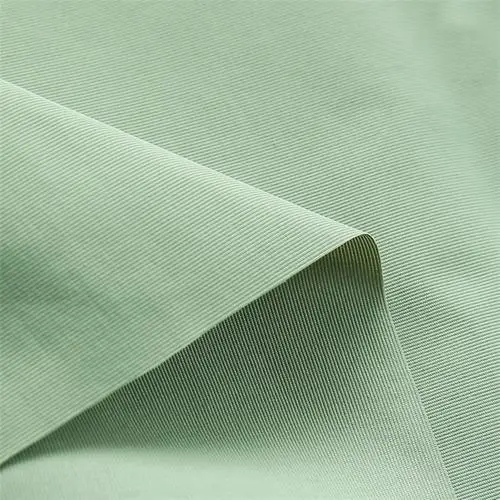
Why Do We Choose Nylon Fabric?
Nylon was the world’s first synthetic fiber, which is a significant breakthrough in the synthetic fiber industry and also a very important milestone in polymer chemistry. What Are the Advantages of Nylon Fabric? 1.Wear Resistance The wear resistance of nylon is higher than other fibers, wh...Read more

